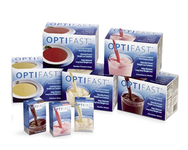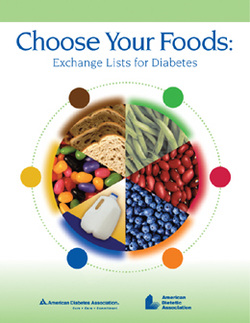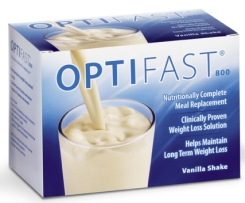OPTIFAST and the Jewish Hospital Weight Management Center: More Than A Diet

If you haven't read the About Me section yet, I suggest that you do that first. Understanding the mindset I was in prior to entering the program at Jewish Hospital Weight Management Center (JHWMC) is key to seeing why this isn't as radical as it seems.
As I mentioned in the About Me section, JHWMC is a three-phase program designed to help the participants lose weight while at the same time teaching why they did what they did and how to change what you do to live a healthy life. There are many facets to the program, but first I will describe the food component of each phase.
As I mentioned in the About Me section, JHWMC is a three-phase program designed to help the participants lose weight while at the same time teaching why they did what they did and how to change what you do to live a healthy life. There are many facets to the program, but first I will describe the food component of each phase.
Reducing
The first phase is called Reducing, and it is designed to help you do just that: reduce your size. I lost an average of 4.5 pounds per week for the 15 weeks that I was in Reducing, but the average weight loss for men is about 3/week and for women it's 2/week.
In reducing, you have the choice to follow one of two plans: the Core Plan or the Mix Plan. In Core, you eat (or drink) almost exclusively OPTIFAST Meal Replacement Products. Depending on your gender, age, and size, you have between 4 and 6 products. In the Mix plan, you reduce the number of products by one and add in a meal of regular food (one prepackaged meal with less than 250 calories and at least 15 grams of protein, one salad with fat-free dressing, and one small serving of fruit). Some people choose Core to "take a vacation from food," while others choose Mix because they don't feel like having just shakes, bars, and soups for 6 to 20 weeks (depending on the individual) would be feasible. The results from JHWMC patients suggest that people are equally successful, provided that they stick to the program.
In reducing, you have the choice to follow one of two plans: the Core Plan or the Mix Plan. In Core, you eat (or drink) almost exclusively OPTIFAST Meal Replacement Products. Depending on your gender, age, and size, you have between 4 and 6 products. In the Mix plan, you reduce the number of products by one and add in a meal of regular food (one prepackaged meal with less than 250 calories and at least 15 grams of protein, one salad with fat-free dressing, and one small serving of fruit). Some people choose Core to "take a vacation from food," while others choose Mix because they don't feel like having just shakes, bars, and soups for 6 to 20 weeks (depending on the individual) would be feasible. The results from JHWMC patients suggest that people are equally successful, provided that they stick to the program.
Adapting

ADA Exchange Book
After the 6 -20 weeks of Reducing, you enter Adapting. In Adapting, you work with a staff nutritionist to learn the correct way to begin incorporating regular food into your diet again. This is done through a reintroduction of certain types of foods over the course of five weeks. For instance, in Adapting Week 1 you reduce the amount of products you eat by one and add in some cooked vegetables. In week 2, you reduce your products by one more and add in some lean protein and a serving of fruit. So, by the last week, you are eating regular food for all of your meals.
You can have up to two products per day, if you so choose. However, if you decide to go with all regular food, the program is based upon the ADA Diabetic Food Exchange System. For instance, one meal may be 1 Vegetable, 1 Starch, and 2 Lean Meats. This program is very easy to follow and is a perfect way to determine the amount of food that you need to eat.
This portion of the program is so much more important than people think.
You can have up to two products per day, if you so choose. However, if you decide to go with all regular food, the program is based upon the ADA Diabetic Food Exchange System. For instance, one meal may be 1 Vegetable, 1 Starch, and 2 Lean Meats. This program is very easy to follow and is a perfect way to determine the amount of food that you need to eat.
This portion of the program is so much more important than people think.
Sustaining
Sustaining, food-wise, is a natural extension of Adapting. For the people that need more structure, the ADA Exchanges provide a perfect foundation. For the people who want a little more freedom, you can work with a nutritionist to put together a meal plan that works for you. You can have up to three products per day, if you so choose. Most people will use some type of meal replacement product at some point during the day. I have two meal replacement bars during the day: one for a morning snack and one for an afternoon snack. Normally, I eat one of a few brands that have similar nutritional information to the OPTIFAST Bars: Special K Meal Replacement Protein Bars, Dark Zone Nutrition Bars, or the Target Brand called market pantry.
OPTIFAST Product Line

UNDER CONSTRUCTION